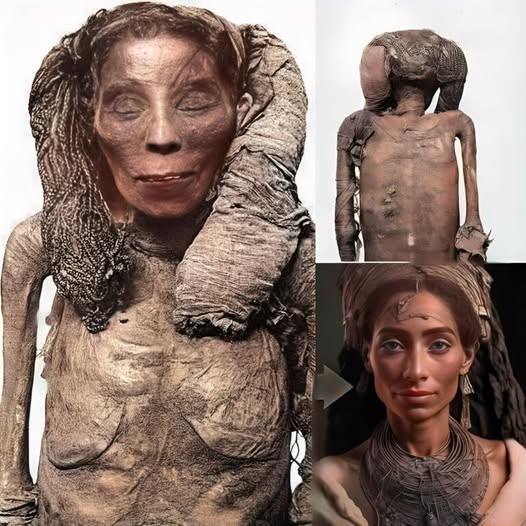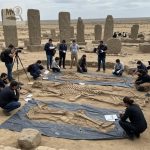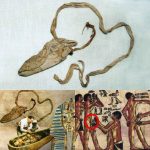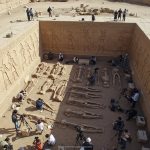Lady Rai: Egypt’s Eternal Nurse

Few figures from ancient Egypt speak as powerfully to the human side of history as Lady Rai, the royal nurse to Queen Ahmose-Nefertari. Discovered in 1881 at the famous Deir el-Bahari cache near Luxor, her remarkably preserved mummy has become one of the most extraordinary finds in Egyptology. Dating back to the early 18th Dynasty (around 1530 BC), Lady Rai was not a queen or a pharaoh, yet the care and artistry with which she was embalmed reveal the deep reverence she commanded in life and in death.
The Discovery at Deir el-Bahari

The mummy of Lady Rai was uncovered in 1881 in a hidden cache of royal and elite burials at Deir el-Bahari, one of the most significant archaeological discoveries of the 19th century. The site, designed as a resting place for rulers and high officials, preserved some of the most iconic mummies of ancient Egypt—including those of powerful pharaohs. That Lady Rai was buried among them highlights her elevated status as royal nurse to Queen Ahmose-Nefertari, one of the most important queens of the New Kingdom.
A Life of Service and Respect
Lady Rai served as nurse to the young queen who would later be venerated as a goddess in Egyptian religion. In a culture where caregiving roles were deeply valued, especially within the royal household, Lady Rai’s position would have carried both honor and responsibility. Her burial suggests that she was remembered not merely as a servant but as someone whose devotion and service were integral to the royal family’s legacy.
Exceptional Preservation
Standing just 4 feet 11 inches tall, Lady Rai is believed to have been between 30 and 40 years old at the time of her death. What astonishes scholars is the exceptional preservation of her body, which has endured more than 3,500 years. Through advanced embalming techniques, her features remain strikingly clear, offering modern viewers an intimate glimpse into a life lived millennia ago.

Studies of her remains reveal not only the artistry of ancient Egyptian embalmers but also the medical knowledge they possessed. CT scans suggest Lady Rai suffered from atherosclerosis, providing rare insight into the health and diseases of ancient populations.
A Timeless Window Into the Afterlife
Lady Rai’s burial reflects the Egyptian devotion to the afterlife, where preserving the body was central to ensuring eternal existence. The care with which she was mummified testifies to her importance and the cultural belief that those who served the royal household shared in their spiritual destiny. Her mummy, adorned with traces of linen wrappings and embalming resins, embodies the artistry, science, and spiritual devotion of the New Kingdom period.
Conclusion
The story of Lady Rai is both personal and monumental. She was not a queen or a pharaoh, yet her extraordinary preservation and honored burial elevate her to a place of historical significance. As Egypt’s eternal nurse, she continues to inspire awe, offering a rare human connection across more than three millennia. Her mummy is not only an archaeological treasure but also a testament to the devotion, artistry, and reverence that defined ancient Egyptian beliefs about life, death, and eternity.











